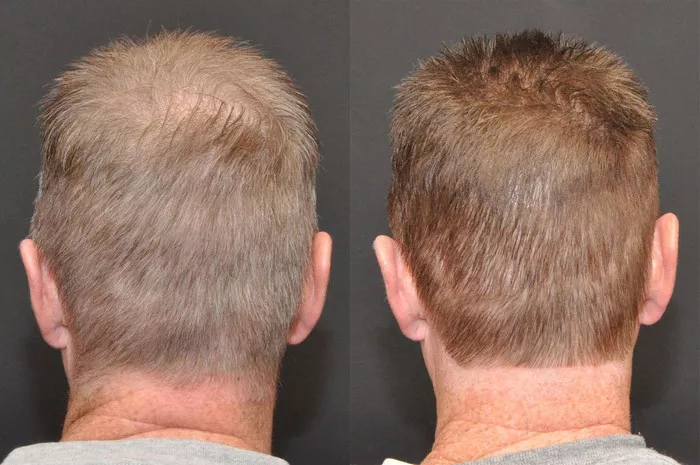As the demand for hair restoration procedures continues to rise, Follicular Unit Extraction (FUE) has emerged as a popular and minimally invasive option for individuals seeking a solution to hair loss. While FUE offers significant advantages, including natural-looking results and reduced downtime, it’s crucial to explore the potential side effects associated with the procedure. In this article, we will delve into the world of FUE hair transplants, examining whether this innovative technique comes with any side effects and how individuals can make informed decisions about their hair restoration journey.
1. Understanding FUE Hair Transplant
FUE, or Follicular Unit Extraction, is an advanced hair transplantation technique that involves the extraction of individual hair follicles from a donor area, typically the back of the scalp, and their transplantation to areas experiencing hair loss. Unlike traditional methods, FUE does not require the removal of a strip of scalp, leading to less scarring and a quicker recovery.
2. Common Side Effects of FUE
While FUE is generally considered a safe and effective procedure, like any medical intervention, it is not entirely devoid of potential side effects. The most common side effects associated with FUE hair transplant include:
a. Swelling and Bruising
After the FUE procedure, some individuals may experience temporary swelling and bruising around the recipient and donor areas. This is a normal response to the minor trauma inflicted during the transplantation process and usually subsides within a few days.
b. Itching and Discomfort
Mild itching and discomfort are common side effects after an FUE transplant. These sensations are usually temporary and can be managed with prescribed medications or topical solutions recommended by the treating physician.
c. Shock Loss
Shock loss refers to the temporary shedding of existing hair in the recipient area due to the trauma of the transplant. This is a natural part of the healing process, and new hair growth typically begins within a few months.
d. Infection
While rare, infections can occur after an FUE transplant. It is crucial to follow post-operative care instructions meticulously to minimize the risk of infection. Any signs of infection, such as increased redness, swelling, or discharge, should be promptly reported to the healthcare provider.
e. Scarring
FUE is praised for its minimal scarring compared to traditional methods, but it is not entirely scar-free. Microscopic scars may be present at the extraction sites, but they are typically tiny and well-hidden within the existing hair.
3. Risk Factors and Individual Variations
The likelihood and severity of side effects can vary among individuals and may be influenced by certain risk factors. These factors include an individual’s overall health, lifestyle, adherence to post-operative care instructions, and the skill and experience of the surgeon performing the procedure. Choosing a qualified and experienced surgeon is crucial in minimizing the risk of complications.
4. Mitigating Side Effects: Preoperative and Postoperative Care
Taking proactive measures before and after the FUE procedure can significantly reduce the likelihood and impact of side effects. Preoperative care may involve discontinuing certain medications, avoiding alcohol and smoking, and ensuring overall good health. Postoperative care includes diligent adherence to the prescribed medications, avoiding strenuous activities, and following the recommended hygiene practices to prevent infections.
5. Long-Term Results and Patient Satisfaction
While short-term side effects are possible, it’s important to highlight the long-term results and high patient satisfaction associated with FUE hair transplants. As the healing process unfolds, patients often experience natural-looking hair growth that enhances their overall appearance and boosts confidence.
See Also: The Best FUE Hair Transplant Clinics in Canada: A Quick Guide
Conclusion
FUE hair transplant has revolutionized the field of hair restoration, offering a minimally invasive and effective solution for individuals struggling with hair loss. While the procedure comes with some potential side effects, they are generally temporary and manageable. Understanding the common side effects, individual variations, and the importance of preoperative and postoperative care empowers individuals to make informed decisions about their journey toward hair restoration. By choosing a skilled and experienced surgeon and following the recommended guidelines, individuals can optimize their chances of achieving successful and satisfying results with FUE hair transplantation.


